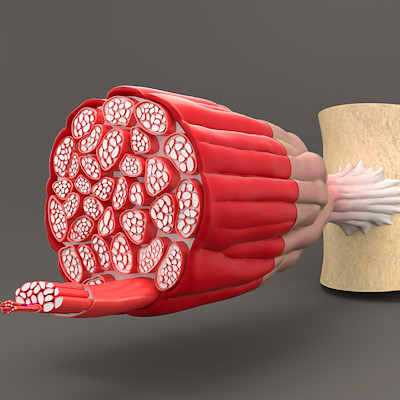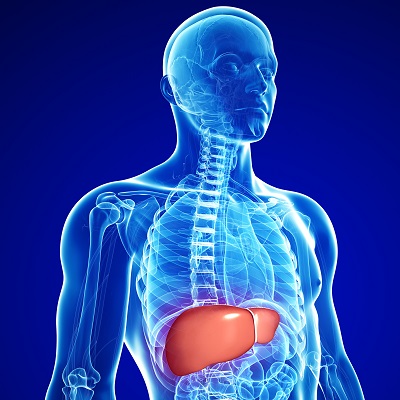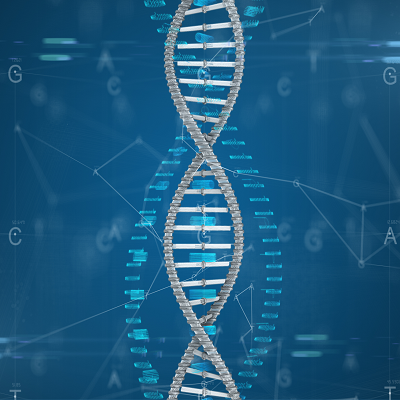May 19, 2023 -- The U.S. Food and Drug Administration (FDA) said on Friday it has approved Vyjuvek, a herpes-simplex virus type 1 (HSV-1) vector-based gene therapy, for the treatment of wounds in patients six months of age and older with dystrophic epidermolysis bullosa (DEB) and with mutations in the collagen type VII alpha 1 chain (COL7A1) gene.
The approval of Vyjuvek was granted to Krystal Biotech.
Vyjuvek is a genetically modified herpes-simplex virus used to deliver normal copies of the COL7A1 gene to wounds. COL7 molecules arrange themselves into long, thin bundles that form anchoring fibrils that hold the epidermis and dermis together, which is essential for maintaining the integrity of the skin.
Vyjuvek has also been modified to eliminate its ability to replicate in normal cells. The gene therapy is mixed into an excipient gel prior to topical application. A healthcare professional evenly applies Vyjuvek gel in droplets to a patient's wounds once a week.
"Vyjuvek is the first FDA-approved gene therapy treatment for DEB, a rare and serious genetic skin disorder," Dr. Peter Marks, PhD, director of the FDA's Center for Biologics Evaluation and Research, said in a statement.
DEB is a genetic disorder that affects the connective tissue in the skin and nails and results from mutations in the COL7A1 gene. This gene encodes type VII collagen (COL7), which is an essential protein that helps strengthen and stabilize the outer and middle layers of the skin. When COL7A1 is deficient, skin layers can separate, causing painful and debilitating blisters and wounds.
DEB usually presents itself at birth and is divided into two major types depending on the inheritance pattern: recessive dystrophic epidermolysis bullosa (RDEB) and dominant dystrophic epidermolysis bullosa (DDEB).
The FDA noted that symptoms can vary widely among affected people. Individuals with DDEB typically have mild cases with blistering primarily affecting the hands, feet, knees, and elbows. RDEB cases can be painful and debilitating, often involving widespread blistering that can lead to vision loss, disfigurement, and other serious medical complications, which can be fatal.
Copyright © 2023 scienceboard.net









